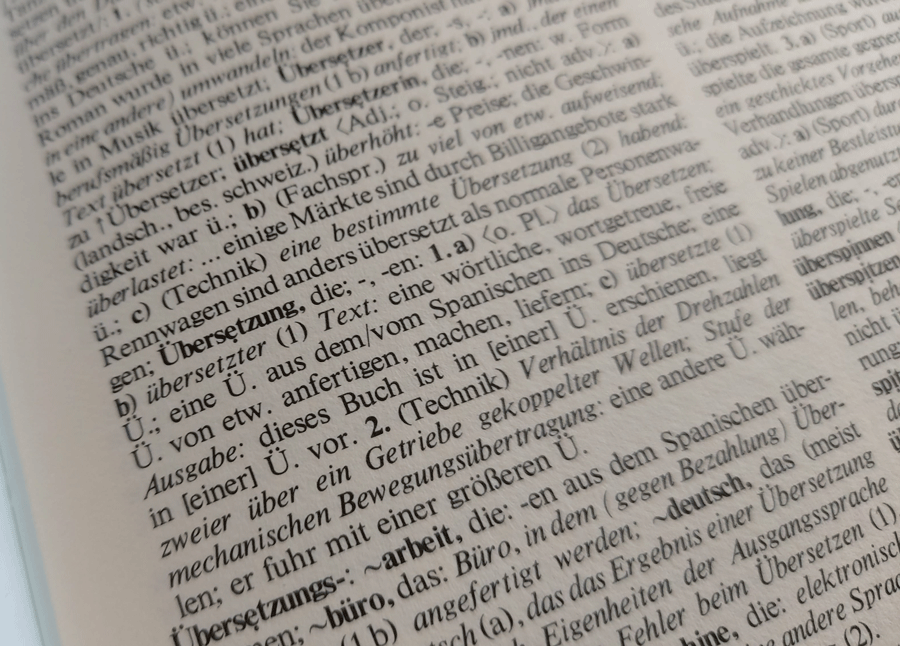Whispered Interpreting…
…is an alternative to simultaneous interpreting, which exists in two forms.
In its traditional form, whispered interpreting, also known as Chuchotage (from the French chuchoter meaning to whisper) is only suitable for very small events i.e. one or two auditors.

For this the interpreter sits diagonally behind his auditor and simultaneously whispers his translation into his ear. Due to the fact that the interpreter doesn’t hear the orator via headphones but rather directly within the room, he must be suitably placed in terms of the acoustics.
This form of whispered interpreting is equally taxing for both the interpreter and his auditors. Additionally, the host must respect the fact that this required spatial proximity is not accepted by everyone, and in some cultures it is even regarded as extremely unpleasant.
Interpreting with a mobile whispering device
Regarding further forms of whispered interpreting Norbert Zänker & Kollegen make use of a mobile whispering device (a person conducting device).
In ideal situations, the interpreter receives the original sound via headphones; this is then connected to the loudspeaker of the conference room. Should this be unavailable, the interpreter is still in direct proximity to the orator. The interpreter must speak quietly into a microphone. The auditors receive his words via headphones.
With this technique and with relatively few complications up to 20 people are reached, so far more than the whisper interpreting without technology. This booth-less device is above all suitable for mobile conventions such as work visits, museum and trade fair tours or construction site tours of small groups.
At non-mobile conventions booths are clearly preferable. Employing acoustically advantageous conditions leads to a higher performance from the interpreter, which means the audience are not disturbed by his loud whispering.
Both forms deal with a type of simultaneous interpreting done via whispering, whereupon the same spiritual and mental balance is expected from the interpreter as in the ‘classic’ simultaneous interpreting. Here too and at longer conventions, the interpreters work in a team and therefore change interpreters regularly.

